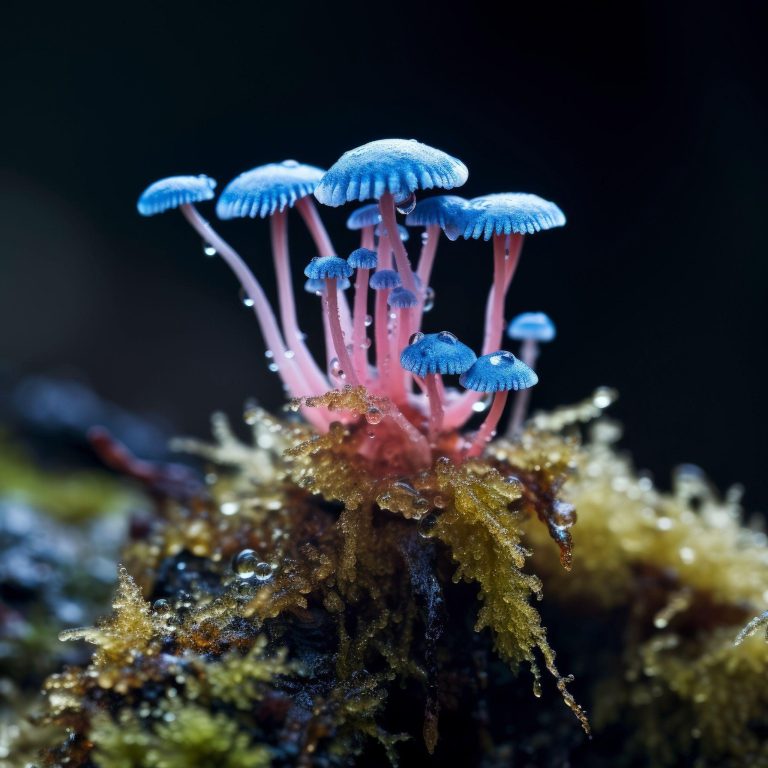Creating an aquarium that mimics a natural underwater habitat can be a fun and rewarding experience. A well-designed aquarium not only looks beautiful but also provides a healthy home for your fish and other aquatic creatures. The key to success is choosing the right plants and corals that work well together and create a balanced ecosystem.
we’ll go over how to pick the best aquarium plants and give you some coral selection tips to help you create a thriving natural habitat.
The Importance of Aquarium Plants
Aquarium plants aren’t just for decoration. They play an important role in keeping your aquarium healthy. Plants provide oxygen, absorb carbon dioxide, and create hiding spots for fish. They also help reduce harmful nitrates and keep the water conditions balanced, which helps your aquarium thrive.
When choosing aquarium plants, consider the needs of your specific tank. Think about the lighting, the substrate, and the types of fish you have. Some fish might nibble on certain plants, while others prefer more open spaces. Let’s look at some key plant types that can transform your aquarium.
Selecting the Best Aquarium Plants
- Foreground Plants
- Java Moss: Java Moss is great for beginners. It’s easy to care for, fills in empty spaces, and gives your aquarium a lush, green look. It’s very adaptable and works well in almost any setup.
- Dwarf Hairgrass: This plant forms a beautiful carpet at the bottom of your tank, giving it a natural, grassy feel. It needs moderate lighting but adds a stunning effect to your aquarium.
- Midground Plants
- Anubias Nana: This plant is perfect for the middle of your aquarium. It adds texture and contrast, grows well in different conditions, and requires very little maintenance. Its dark green leaves make colorful fish stand out.
- Cryptocoryne Wendtii: This plant grows well in many different conditions and has wavy leaves that add visual interest. It does well in low to moderate lighting, making it a popular choice.
- Background Plants
- Amazon Sword: With its broad leaves, Amazon Sword is a great background plant that adds height to your aquarium. It needs a nutrient-rich substrate and works well in larger aquariums.
- Water Wisteria: This fast-growing plant creates a forest-like look, providing plenty of cover for fish. It grows quickly and does well in moderate lighting, making it perfect if you want a lush aquarium.
Coral Selection Tips for Your Aquarium
Adding corals to your aquarium brings color and life to your underwater world. However, it’s important to pick the right corals based on your tank’s needs. Corals need more attention than plants, as they have specific requirements for water flow, lighting, and water quality.
Types of Corals for Your Aquarium
Soft Corals
- Zoanthids: Zoanthids are great for beginners. They are hardy, colorful, and can adapt to different conditions. They need moderate lighting and come in many colors, adding variety to your tank.
- Mushroom Corals: These corals are easy to care for and have unique textures. They do well in moderate light and don’t need a lot of water flow, making them ideal for beginners.
LPS (Large Polyp Stony) Corals
- Frogspawn Coral: This coral has flowing tentacles and bright colors, adding movement to your tank. It needs moderate lighting and water flow and is a favorite among aquarists.
- Candy Cane Coral: Easy to care for, this coral adds a pop of color. Its large polyps are visible day and night, adding a beautiful touch to your aquarium.
SPS (Small Polyp Stony) Corals
- Acropora: These corals are more challenging to care for and need strong lighting and high water flow. They add structure to your aquarium but are best for experienced aquarists.
- Bird’s Nest Coral: Easier to care for than Acropora, Bird’s Nest Coral has a unique branching shape that makes it a great centerpiece for your tank.
Creating the Perfect Balance
When choosing aquarium plants and corals, it’s important to create a balance that meets the needs of everything in your tank. Here are some tips to help you achieve this:
- Lighting: Some plants, like Dwarf Hairgrass, and corals, like Acropora, need strong lighting. Others, like Java Moss and Mushroom Corals, can do well in lower light. Make sure you understand the lighting needs of each species to keep your tank healthy.
- Water Flow: Different plants and corals need different levels of water flow. Corals like Bird’s Nest Coral prefer strong currents, while plants like Cryptocoryne do better in low-flow areas. Arrange your plants and corals to match their needs.
- Compatibility: Make sure the fish, plants, and corals you choose are compatible. Some fish may eat plants or corals, while others might use plants for hiding and breeding. Compatibility is key to a peaceful tank.
Maintaining Your Aquarium’s Health
Regular maintenance is essential for keeping your aquarium healthy. Here are some tips:
- Water Quality: Check water parameters regularly, such as pH, nitrate levels, and calcium. Corals, especially SPS types, need stable conditions.
- Trimming and Pruning: Plants can grow too much and block light, so trimming is important to keep everything balanced.
- Feeding: Some corals need special coral food, while plants may need fertilizers. Make sure to meet the needs of both.
Creating a natural habitat in your aquarium means choosing the right combination of aquarium plants and corals. By understanding the specific needs of each type, you can create a beautiful and healthy environment for your aquatic friends.
The right mix of plants and corals can turn a basic aquarium into a thriving, beautiful ecosystem. A balanced combination of soft corals, hard corals, and plants will keep your tank looking amazing and your fish happy.
If you’re ready to take your aquarium to the next level and need expert help, contact Deep Ocean today. We offer a wide range of solutions to help you create the perfect aquatic habitat!
